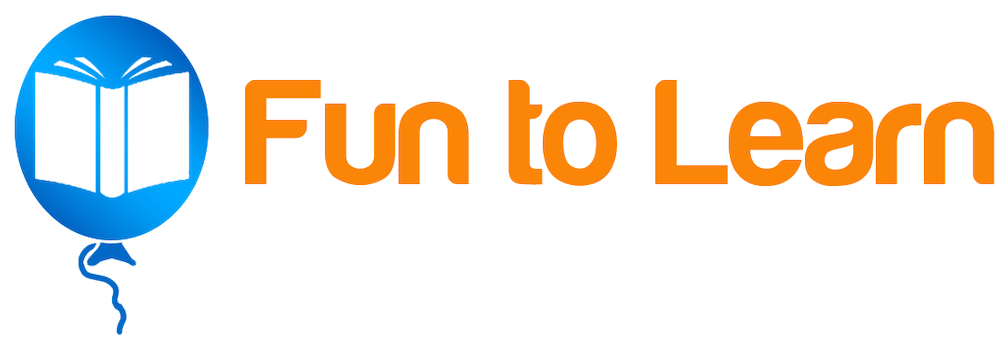If you’ve ever heard the word mastery being used to describe curriculum but weren’t sure what that meant, you’ll appreciate this explanation. Mastery curriculum can make you and your students happier in your homeschooling.
What is mastery learning?
Mastery learning is a teaching approach that aims to have every student master material before moving on. This is in stark contrast to a traditional classroom approach where the teacher moves on, regardless of whether or not students understand what has been taught. However, teachers understand that a significant number of students will not grasp the material the first time through. So next year, the same material will be taught again in the hope that more students will learn it.
What is the problem with this traditional approach in the classroom?
The first time through the material, advanced students will be happy to be moving on. But students who take longer to understand will become frustrated with advanced lessons. They haven’t mastered the basics required to understand the new material. These students will become convinced that they aren’t good at math, English, or science. Some of them will stop completing their work because it’s overwhelming.
The next year, the same material will be covered. The advanced students will become bored with the same old, same old. Some of these students will be a problem in the classroom as they cope with their boredom. When I was in 6th grade, a gifted student in my class had already committed armed robbery. At least that was the story. The good news with the traditional approach is that a few students who didn’t understand the material last year will now understand. But many still won’t master it because it isn’t being taught in a new way or because the teacher is not making sure these students get it.
Eventually, students learn that the same material is taught year after year. They check out, like people do during an airline safety demonstration. No, they don’t know the information, but they’re sick of hearing it repeated.
So what does the classroom teacher’s approach, which is usually not a mastery approach, have to do with homeschoolers?
Simply this. Many homeschool curricula are not designed with a mastery approach. In fact, the same lessons are repeated year after year, without requiring that students know at least 90% of the material.
Just as in public school, homeschool students who aren’t using mastery curriculum may be pushed from one grade level of material to the next, without regard to their understanding. Advanced students get bored. Students who don’t understand the material feel like they’re failing and resist learning.
Because homeschooled students have the huge advantage of one-on-one tutoring and a huge array of curricula to choose from, they should not have to experience boredom, frustration, and failure in their learning.
My experience with the traditional classroom approach at home
When I started homeschooling, I didn’t have the first clue about educational theory. I just bought curriculum that looked interesting, or I used a curriculum that my friends recommended.
I was so busy having babies, homemaking, and teaching that it didn’t occur to me to think about why curriculum was designed the way it was. But after homeschooling my own kids and my friends’ kids for language arts long enough, I started to notice problems with what I was using.
The first problem I noted was my kids’ difficulty in mastering their math facts. Just doing their lessons wasn’t committing them to memory. I assumed this difficulty arose because I had changed math curriculum many times, and I know that didn’t help matters.
The second problem I noted was that my kids and my friends’ kids couldn’t remember their parts of speech. I hadn’t changed grammar curriculum for my kids as many times as I’d changed math, so I didn’t think that was the issue. But I did wonder if problem number two was related to problem number three.
Problem number three was that all the kids I taught language arts absolutely detested English. My kids would beg and bargain with me to skip it. I was perplexed by this because I love anything to do with language arts.
I tried a number of strategies to deal with these problems. With respect to math facts, we played all sorts of games, worked on skip counting, and worked on facts based on pictures. For grammar, I tried different curriculum, including one that the kids enjoyed more. But the retention of math facts and parts of speech continued to be a problem.
How mastery curriculum changed my homeschool
About this time I found the math curriculum, Learn Math Fast. The author, J.K. Mergens, asserted that kids struggled with higher math because they hadn’t mastered their math facts. That made perfect sense to me. I ordered Learn Math Fast and discovered that the first volume required kids to pass verbal tests for various math facts with a very short time limit. Giving my kids these tests showed me that while they may have known many of the facts, they hadn’t mastered them to the degree that they could quickly give the answers. My kids are competitive, so having them all work on passing the tests at the same time for a reward like ice cream worked like a charm.
I then started taking a closer look at my English curriulum. I was shocked to discover that parts of speech were being taught from first grade through twelfth. I couldn’t imagine teaching math that way, presenting math facts along with algebra. In fact, I found that fully half of my English curriculum was a repeat. That helped me understand part of problem number three–all of my students’ complete disdain for language arts. Who wants to be presented the same lessons over and over, year after year? What motivation was there to master the concepts when students quickly determined they would be getting a parts-of-speech worksheet next year too?
I don’t know why it took me so long to determine another reason for my kids’ dislike of English because it was similar to what I learned in using Learn Math Fast. If kids can’t quickly produce math facts, doing long division will take a very long time. In the same way, if your handwriting is slow, doing English worksheets will feel like a POW punishment. If formation of the letters hadn’t been mastered to the point that letters could be quickly formed, no wonder my kids didn’t want to do English or even much writing!
I learned that kids can benefit greatly from a mastery-learning curriculum that requires students to master basic skills before moving on. In some respects, it is the opposite of the spiral approach to learning. The idea is that the basic skills are introduced without added details. These basic skills are taught year after year, while adding more and more of the details. The repetition is meant to move the information to long-term memory. A mastery approach also adds more details, but does not directly teach the basic skills again. For example, a spiral curriculum will review addition and multiplication facts as it teaches long division. A mastery curriculum gives wonderful practice with math facts as it teaches long division, but it assumes your child has already mastered them. One of the misnomers about mastery curriculum is that it doesn’t provide practice in previously learned skills. It does provide practice, but not direct teaching.
How Grammar Galaxy uses a mastery approach
To make this clear, I’ll use an example of how Grammar Galaxy, a mastery curriculum, teaches parts of speech. Using funny, memorable stories, the main parts of speech are taught in volume 1. Students are given a few review questions for several weeks as they continue in the volume.
In volume 2, short reminders of the parts of speech are given, while asking students to identify each part in a sentence. If your student has not essentially mastered the main parts of speech, volume 2 will be challenging. If they have mastered it, volume 2 provides practice as well as a more advanced skill. In contrast, traditional curriculum would teach complete lessons on the parts of speech, risking the problems I’ve previously described.
So, mastery curriculum does not mean your student won’t review. It means your student is expected to understand well enough that she can move on and build on the mastered concepts.
But what if your child isn’t mastering the concepts? You look for a way of teaching them that connects. Try games, YouTube videos, or having someone tutor your child. Often, it’s a matter of practicing until your child realizes you won’t quit until he has it. If you’re teaching a core concept to a child that doesn’t have a learning disability in that area, don’t move on until your child is correct 90% of the time.
I think the teaching of every subject can benefit from the inclusion of mastery curriculum. In math, your students should master math facts before studying higher-level math. In science, your student needs to master the scientific method. Without understanding it, you won’t get far. In history, your student should master a basic history timeline. In art, we have enjoyed learning the basic techniques of using chalk pastels, so it’s much easier to create unique pieces of art. In piano, your child should learn to read the notes. In cooking, kids have to master knife skills, so you don’t have to hover over them the whole time.
Try Grammar Galaxy for free
Grammar Galaxy is a mastery curriculum that helps kids master parts of speech, handwriting speed, and most importantly, the why of language arts. Try it for free with your gifted, special needs, or reluctant learner by clicking here.
Conclusion
In my experience, kids not only learn more with mastery curriculum, but also enjoy it more. When kids love what they’re learning, dopamine will aid retention of the material. When kids are happy, their homeschool teacher is happy. I hope you will seriously consider including mastery curriculum in your homeschool this year.




